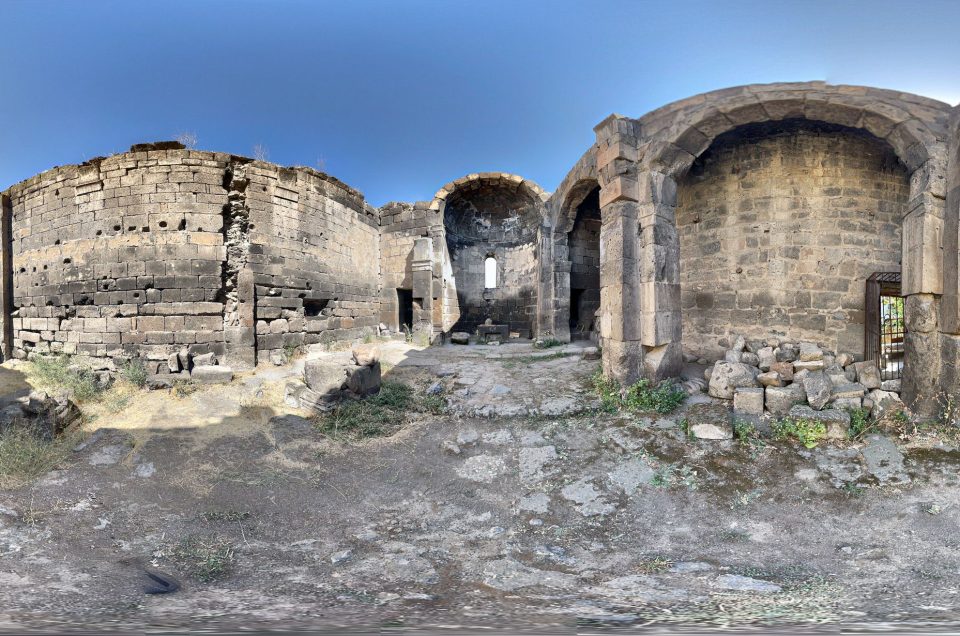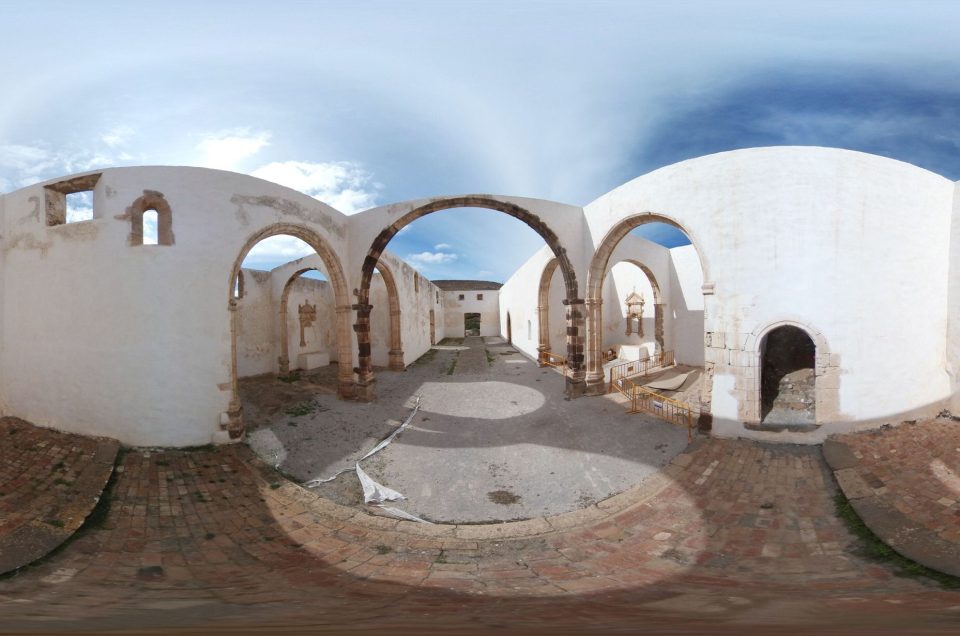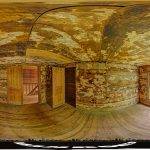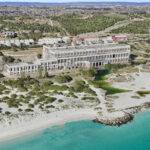Exploring the Ruins of Koknese Castle: A Journey Through Time
Embark on a captivating journey through history with a 360-degree virtual tour of the magnificent Koknese Castle ruins in Latvia. Nestled on the banks of the Daugava River, this once-majestic fortress now offers a unique blend of ancient architecture and scenic beauty, accessible right from the comfort of your home. As you navigate through the virtual tour, you’ll be transported back in time, exploring the towering walls and remnants of this medieval stronghold. The interactive experience allows you to marvel at the intricacies of the castle’s design and its strategic location, while also offering insights into its rich past. From the grandeur of its heyday to the tales of battles and sieges, Koknese Castle holds centuries of Latvian history within its ruins. This virtual tour not only provides a glimpse into the architectural wonders of medieval Latvia but also immerses you in the breathtaking landscapes that surround this historic site. Whether you’re a history enthusiast or just seeking a virtual escape, the tour of Koknese Castle is a journey not to be missed.
Image by: Andrius Narvydas
Image by: Andrius Narvydas
Image by: Andrius Narvydas
Image by: bryan pentz
Image by: Aleksejs Vasiljevs
Koknese Castle in Latvia is a historical gem that offers a unique glimpse into the past. Its story begins in the 13th century and stretches over centuries of tumultuous events, leading to its current status as an evocative ruin and a fascinating destination for urban explorers and history enthusiasts.
A Castle Born from Conflict
The Koknese Castle (Latvian: Kokneses pils, German: Burg Kokenhusen) was initially a wooden hill fort used by the Balts. In 1209, Bishop Albert of Riga saw the strategic potential of the location and ordered the construction of a stone castle. This decision marked the beginning of a new era for Koknese, transforming it from a simple fort into a significant defensive and commercial hub.
Strategic Importance and Turbulent Times
Koknese Castle’s geographical position on the Daugava trade route brought it into the limelight of regional politics and trade. It joined the Hanseatic League, gaining prominence and wealth. However, this prominence also meant Koknese Castle was a coveted prize in the power struggles of the region. Throughout the 16th and 17th centuries, it saw numerous battles, changing hands between Polish, Swedish, and Russian forces, leading to significant destruction and suffering for its inhabitants.
The Castle’s Decline
The turning point for Koknese Castle came in 1701 during the Great Northern War. To prevent it from falling into Russian hands, retreating forces blew up its mighty western towers. This marked the beginning of the end for Koknese as a fortress. The castle was left in ruins, a state in which it would remain for centuries.
Koknese Today: A Ruin Amidst Nature
Despite the devastation, the remains of Koknese Castle have withstood the test of time. In the 19th century, the surrounding town began to reemerge, and by 1900, the area around the castle ruins was developed into a park, becoming a popular summer resort. However, the construction of the Pļaviņas Hydro Power Plant in 1965 brought another drastic change. The resulting reservoir flooded the scenic Daugava valley, leaving the castle ruins perched precariously at the river’s edge.
A Haven for Urban Explorers
Today, the ruins of Koknese Castle offer a hauntingly beautiful sight. Visitors can explore the remains of this once-mighty fortress, now a picturesque relic between the rivers Pērse and Daugava. The site is accessible for urban exploring, and boat tours are available for those wishing to view the castle from a unique perspective on the water. An hourly boat trip around the castle offers a serene experience, blending the thrill of exploration with the tranquility of nature.
Conclusion
Koknese Castle stands as a testament to the rich and turbulent history of Latvia. From its beginnings as a strategic fortification to its current status as a captivating ruin, it offers a unique window into the past for visitors and urban explorers. Its story is one of resilience, survival, and the relentless passage of time.
If you liked reading about this location, you might like reading about the Ha Ha Tonka Castle in Missouri, the Frying Pan Fire Tower in North Carolina, or the abandoned Six Flags New Orleans theme park in Louisiana.

A spherical 360-degree panoramic image captured at the Koknese Castle in Latvia. Image by: bryan pentz
Do you have 360-degree panoramic images captured in an abandoned location? Send your images to Abandonedin360@gmail.com. If you choose to go out and do some urban exploring in your town, here are some safety tips before you head out on your Urbex adventure.
Unlock the secrets of exploration by diving into precise GPS data available exclusively for an array of hidden gems and hundreds of other captivating sites, all within our members’ section. By investing in a Gold Membership, you’re not just gaining access; you’re securing a key to a vast, global archive of abandoned, untouched, and mysterious locations waiting to be discovered. Embark on your adventure with confidence, knowing every corner of the world can be within your reach. Don’t just observe—explore, discover, and claim the extraordinary journey that lies ahead with our treasure trove of world secrets. Subscribe now and transform the way you see the world!
If you want to start shooting 360-degree panoramic images, you might want to look onto one-click 360-degree action cameras.
Click on a state below and explore the top abandoned places for urban exploring in that state.






